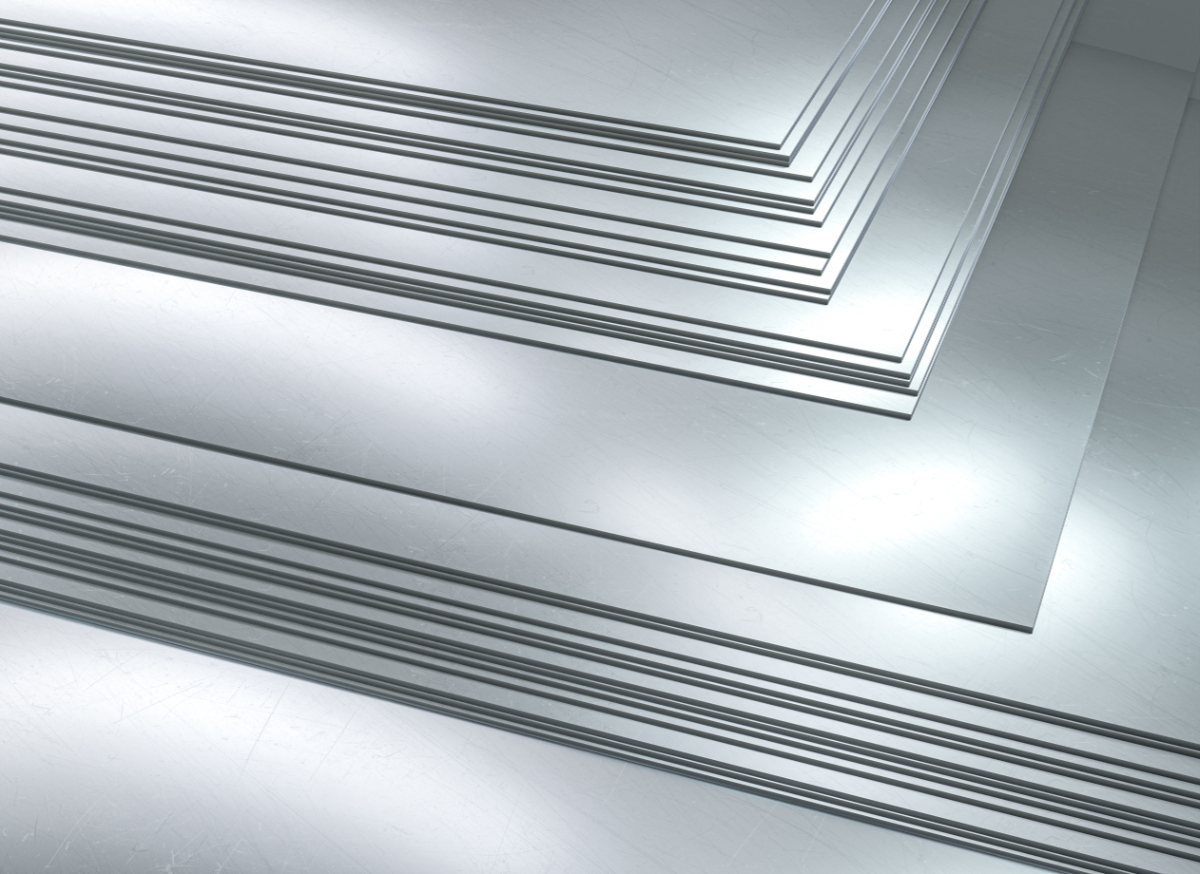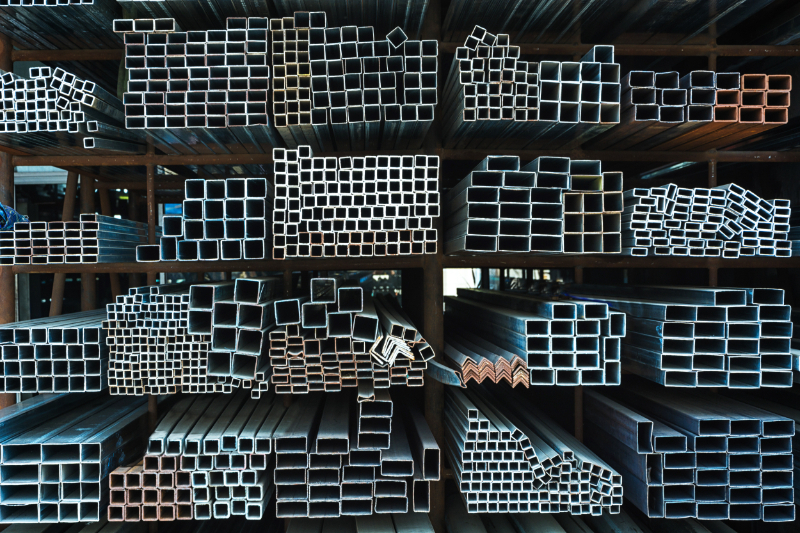Learn about the two types of plasma cutting: conventional plasma cutting for standard materials and precision plasma cutting for detailed, high-quality cuts.
What Is A Plasma Cutter?
A plasma cutter is a device used to cut mild steel, stainless steel, and aluminium. Scientifically, it functions by generating a plasma arc. This arc is created when an electric current passes through a gas such as oxygen, nitrogen, or argon. This process transforms the gas into plasma, which is the fourth state of matter.
Plasma forms when the gas becomes ionised, meaning the atoms and molecules gain an electrical charge. When this ionised gas is ejected through a nozzle, it forms a focused jet that is both extremely hot and fast. The extreme heat of the arc - which can reach temperatures of up to 20,000 degrees - quickly melts the metal. The force of the jet then blows the molten metal away from the cut, resulting in a clean and precise finish.
Plasma cutters are highly versatile and come in various forms. Hand-held plasma cutters are lightweight and portable. On the other hand, CNC (computer numerical control) plasma cutters are larger and more sophisticated. These machines are used for detailed and intricate designs.
A plasma cutter uses a high-speed jet of ionised gas to achieve clean and precise cuts in various metals. The speed and accuracy of plasma cutters surpass traditional methods like oxy-fuel cutting. This makes them popular in fabrication shops, automotive repair, and industrial manufacturing.
Types Of Plasma Cutting: Conventional And Precision
Plasma cutting is divided into two main types: conventional and precision plasma cutting. Both use the same principles but differ significantly in their applications and results. Conventional plasma cutting is commonly used in hand-held applications.
This method is ideal for everyday metal fabrication and repair tasks. The process involves generating a plasma arc that cuts through a wide range of materials. The simplicity and affordability of conventional plasma cutting make it a popular choice.
Conventional plasma cutting is versatile and can handle various metals such as steel and aluminium. While conventional plasma cutting is highly efficient, it does have some limitations. The lower edge quality can sometimes require additional finishing processes.
On the other hand, precision cutting, as the name suggests, is designed for finer details. This method often uses CNC machines with a plasma bed, allowing for automated and accurate cuts. The process uses advanced controls to produce cleaner and smoother edges.
Materials used in this process can include oxygen, nitrogen, hydrogen, and argon. This combination of gases contributes to a more refined cut. Precision-cutting systems generally offer more control and stability compared to conventional systems.
The key to this precision lies in the advanced technology used to control the plasma arc. These systems can adjust the gas flow rate, arc voltage, and cutting speed to achieve a high-quality cut. This is particularly beneficial for industries such as the aerospace and automotive sectors.
Conventional plasma cutting can handle thicker materials, whereas precision cutting excels with thinner materials. While conventional cutting is faster, it may leave rough or uneven edges. Precision plasma cutting produces smooth and clean edges, reducing the need for refinement. Another factor to consider is the complexity of the cut.
Precision cutting can create intricate details that conventional cutting cannot. Conventional plasma cutting is ideal for quick cuts where edge quality is not a big concern. Precision plasma cutting is more accurate and high-quality, making it perfect for detailed and refined cuts.

What Is A ‘Transferred Arc’ In Plasma Cutting?
A transferred arc is where the electric arc is formed between the electrode in the plasma torch and the metal workpiece. This method is more efficient because the arc directly engages with the metal - creating a focused and intense heat zone. This intense heat can cut through thicker materials more easily than a non-transferred arc.
In a transferred arc system, the process starts with a pilot arc that initiates the high-frequency electric arc. This arc is then transferred to the workpiece, thereby creating the transferred arc. This type of arc is used in both conventional and precision plasma cutters, particularly when dealing with thicker metals. The transferred arc is ideal when both speed and cutting quality are crucial.
The transferred arc method is preferred for heavy-duty cutting tasks. It is known for offering high cutting speeds while maintaining a clean-cut edge quality. This makes it perfect for large-scale industrial fabrication and repair work.
The transferred arc in plasma cutting is a highly efficient method that provides a robust and stable cutting process. This process is suited for industrial applications involving thick and conductive metals. Its ability to deliver quick and quality cuts makes it indispensable.
What Is A ‘Non-Transferred Arc’ In Plasma Cutting?
A non-transferred arc forms the electric arc entirely within the plasma torch itself. This occurs between the electrode and the nozzle, resulting in the plasma jet being ejected without being directly connected to the workpiece. This method is often used for cutting or spraying non-conductive materials.
The non-transferred arc provides a high-temperature plasma stream, making it ideal for surface treatment and thermal spraying. This process can also be used for cutting very thin metals. Although it's not as powerful, the non-transferred arc is useful for tasks requiring less heat and force.
This type of arc produces cleaner cuts with less stress on the material. Therefore, it's suitable for work where the material’s properties must be preserved. For instance, when working on sensitive materials or projects requiring minimal distortion. Despite its lower power, a non-transferred arc remains a valuable tool in various industries. Its capacity to deliver precise cuts makes it perfect for complex and delicate tasks.

Which Plasma Cutting Process Is The Best?
Deciding which plasma-cutting process is the best depends on the task at hand. Both conventional and precision plasma cutting are suited to different types of work. Conventional plasma cutting is ideal for speed and versatility without a focus on edge quality. It's suited for repair work, general fabrication, and projects where quick cuts are essential.
Conventional plasma cutting works by sending an electric arc through a gas. The gas is then ionised, turning it into plasma. The plasma then cuts through the metal, and the force of the gas blows the molten metal away, creating a cut. This process is particularly beneficial for ferrous and non-ferrous metals.
On the other hand, precision plasma cutting is the preferred choice for high-quality cuts and detailed work. The use of CNC machines in precision cutting makes it ideal for complex designs and parts. This method is particularly helpful in manufacturing, where the consistency of the cut quality is important. Precision cutting uses more advanced technology to achieve a cut with less warping.
When considering the arc type, transferred arc cutting is suitable for thick and conductive materials. It offers high cutting speeds and performance, making it ideal for industrial applications. Non-transferred arc cutting is better suited for thin materials and precision cutting.
Ultimately, the best plasma-cutting process is determined by the material, thickness, quality, and specific requirements. Both conventional and precision cutting have their merits and are invaluable tools. Understanding the differences between conventional and precision plasma cutting can help you choose the right method for any given task. By selecting the appropriate cutting process, you can achieve the desired outcome for your project.
Future Metal Works Ltd delivers efficient, professional plasma cutting services In Colchester and Essex. Our talented team utilise an AJAN plasma cutting bed and high-quality equipment to execute metalwork. Contact us today, and we’ll discuss a quote.

